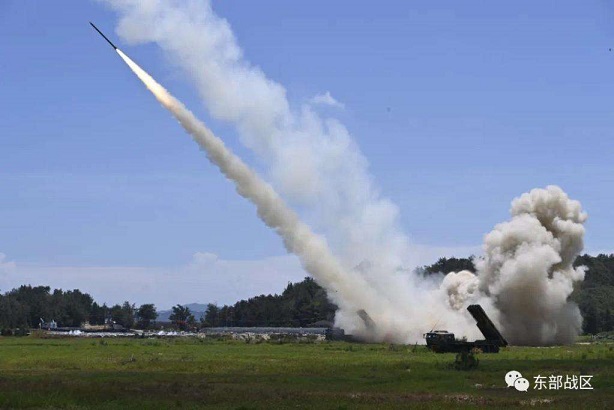Sixty percent of land in the European Union and United Kingdom -- an area bigger than Alaska and Texas combined -- is under either drought warnings or alerts, according to the European Drought Observatory.
The findings were based on data from a 10-day period near the end of July. The monitor said 45% of land was now covered by "warnings," which means there is a deficit of moisture in the soil, while 15% is under the more severe level of "alert," where vegetation is stressed.
The data coincided with a report published Monday by the EU's climate monitoring agency Copernicus, which said that much of Europe experienced a drier-than-average July, with several local records broken in the west for low rainfall and drought hitting several parts of southwestern and southeastern Europe.
Those conditions facilitated the spread and intensification of wildfires, according to the report, which also comes as parts of Europe endure brutal back-to-back heat waves, in what is shaping up to be one of the continent's hottest summers on record.
The new data comes as the world grapples with a food crisis only just abating as Russia lifts its blockade of grain exports from Ukraine. Extreme weather and supply chain issues have worsened the crisis and are likely to persist for some time.
A recent report by the Joint Research Centre, the European Commission's science service, forecast a drop of 8-9% in the production of grain maize, sunflowers and soybeans in the EU because of hot and dry conditions over the summer, well below the five-year average.
Copernicus Senior Scientist Freja Vamborg said that "dry conditions from previous months combined with high temperatures and low precipitation rates seen in many areas during July may have adverse effects on agricultural production and other industries such as river transport and energy production."




